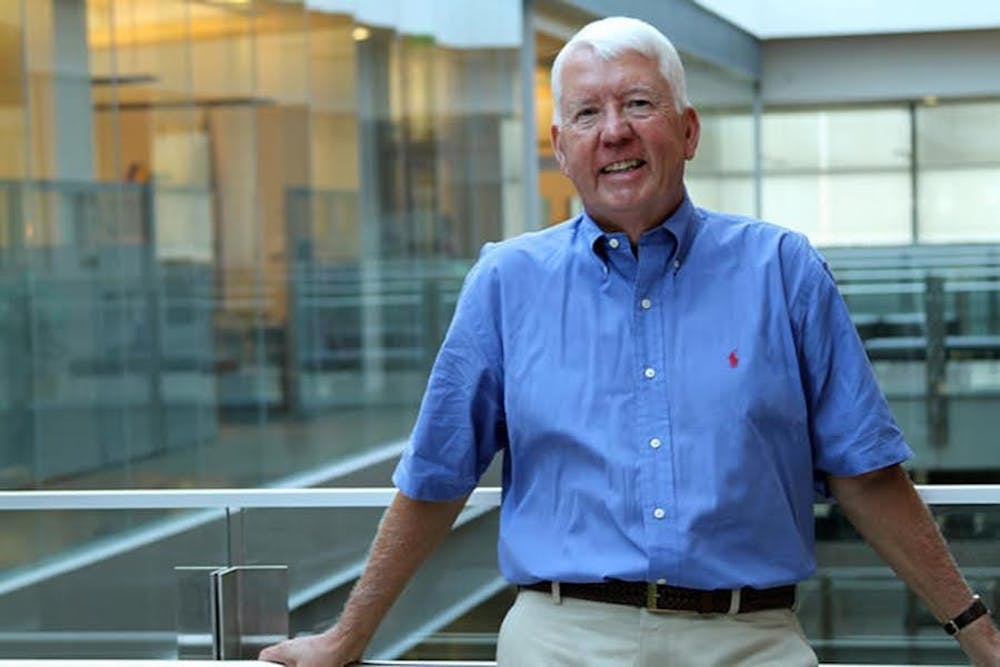An ASU Regents' professor and researcher at The Biodesign Institute was named one of the most creative people of 2015 by Fast Company Magazine for pioneering a new field of research called “Pharming.”
Charles Arntzen’s method of research involves the engineering of plants to produce vaccines, and was successfully used during the EBOLA epidemic to cure two American healthcare workers who contracted the virus while working in Liberia.
“For me this is a career-ending high point,” Arntzen said. “It’s certainly the best outcome of any research I’ve ever accomplished.”
Arntzen formulated a serum, now known as ZMapp, by combining genetically engineered antibodies in tobacco plants.
Joe Caspermeyer, spokesperson for the Biodesign Institute, said this is the first case of a plant-based therapeutic being used in people.
“I think it’s a testament to the ingenuity and the creativity of folks like Charlie,” he said.
The drug had only been tested on monkeys and had not been approved to use on humans prior to being sent to Africa. The vaccine bypassed what normally would take five to 10 years of clinical trials, Caspermeyer said.
“We’ve absolutely seen mirror image results, the monkeys recovered and the humans recovered,” said Arntzen.
The U.S. Department of Health and Human services pledged almost $42 million last year toward the development of more vaccines.
According to the Center for Disease Control and Prevention, the number of people contracting the EBOLA virus has decreased dramatically.
“It’s not a problem for us, it’s a wonderful thing that the epidemic is coming to an end,” Arntzen said. “It just means we have a limited number of patients that are accessible for our human clinical trails.”
There are still risks that the virus may reoccur and in turn this method of manufacturing plant-based therapeutics will be used.
Joan Koerber-Walker, the CEO and president of AzBio, said the ultimate in creativity is looking at how we can take something we’ve known for a long time and use it in a new way to help save lives: and that’s what Charles did with tobacco.
"I’m proud of what my colleagues have done because it exemplifies what I think the Biodesign Institute is meant to be and what the New American University is all about," Arntzen said. “A project that started on our lab bench at ASU 12 years earlier had saved lives.”
Reach the reporter at canfinso@asu.edu
Like The State Press on Facebook and follow @statepress on Twitter.




